Researchers at Puducherry Technological University in India have developed a new method to improve power yield in PV arrays operating under partial shading.
Using a Sudoku-like technique, the PV system is arranged in a nine by nine solar module configuration to boost maximum harvested power under various shading patterns. The layout aims to produce nearly equal currents across each row. The pattern follows the logic of a number-based Sudoku puzzle to structure the array.
The Four Pyramid Sudoku (FPS) method is designed to evenly distribute shading across the PV array while maintaining electrical connections that deliver balanced and maximum current in each row.
The researchers compared FPS with conventional reconfiguration techniques such as TCT, SDK, CMP and CDK under multiple shading scenarios. Simulations were run using MATLAB on a dual-core 2.2 GHz processor with 8 GB of RAM.
The research team said the simulations showed FPS could more easily reach maximum power than other techniques, offering both precision and effectiveness.
“Additionally, the FPS approach demonstrates cost-effectiveness by achieving potential annual savings of ₹8,50,267 ($9,182),” the scientists said. “This is primarily due to its static reconfiguration mechanism, which eliminates the need for complex switching hardware or dynamic control systems, thereby reducing implementation costs and enhancing the economic viability of solar PV systems.”
The researchers introduced the approach in “Mitigating power loss in PV arrays using Four Pyramid Sudoku under Partial Shading,” which was recently published in the Ain Shams Engineering Journal.
The researchers plan to include geographic variables in the future. “Geographic settings influence shading patterns due to buildings, vegetation, and topographical features,” they said. “The FPS reconfiguration strategy is designed to redistribute shading impact evenly, ensuring adaptability across different environmental conditions.”
This content is protected by copyright and may not be reused. If you want to cooperate with us and would like to reuse some of our content, please contact: editors@pv-magazine.com.
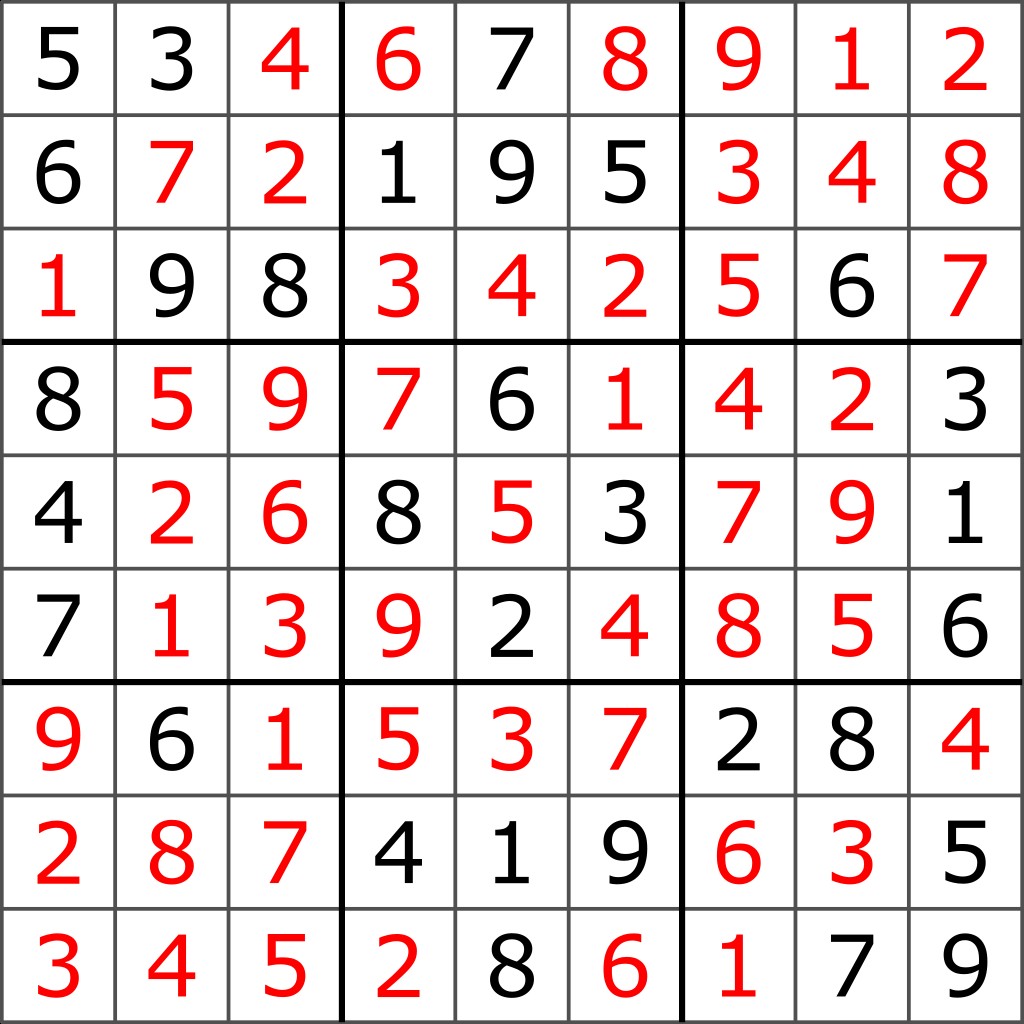
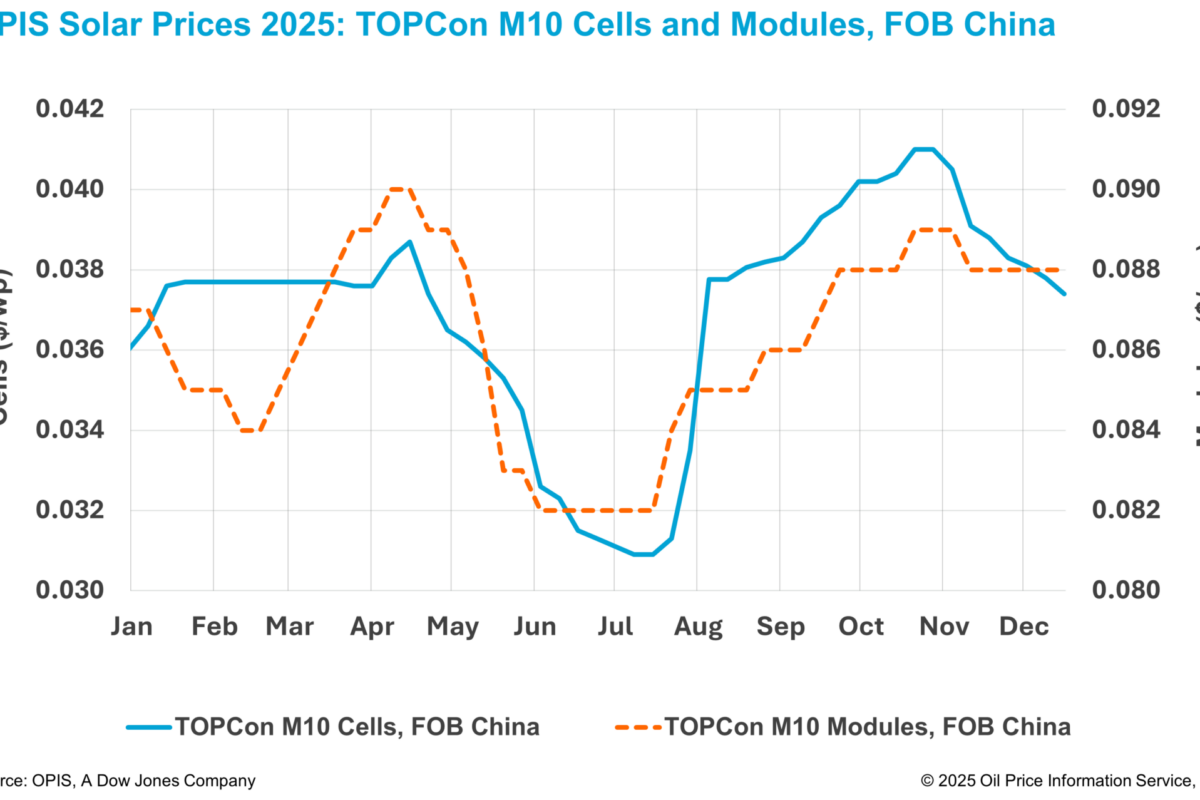



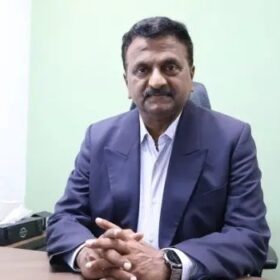
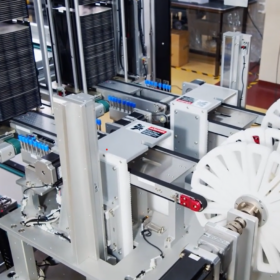
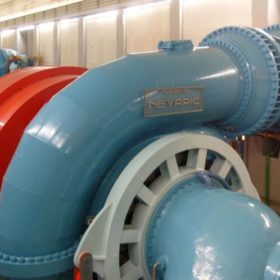
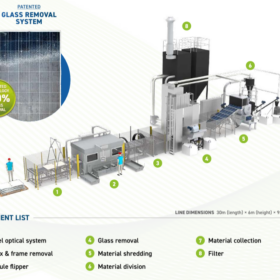
By submitting this form you agree to pv magazine using your data for the purposes of publishing your comment.
Your personal data will only be disclosed or otherwise transmitted to third parties for the purposes of spam filtering or if this is necessary for technical maintenance of the website. Any other transfer to third parties will not take place unless this is justified on the basis of applicable data protection regulations or if pv magazine is legally obliged to do so.
You may revoke this consent at any time with effect for the future, in which case your personal data will be deleted immediately. Otherwise, your data will be deleted if pv magazine has processed your request or the purpose of data storage is fulfilled.
Further information on data privacy can be found in our Data Protection Policy.